U.S. VHF Marine Radio Channels and Frequencies
When you’re out on the water, it’s essential that you’re familiar with VHF marine radio frequencies and channels. The marine industry specifically uses the VHF frequency range for communication. VHF stands for Very High Frequency, and it’s used for ship-to-ship, ship-to-shore, and even ship-to-aircraft two-way communications.
There are plenty of marine channel frequencies, and a few of them are constantly monitored for commercial, private, and coast guard use. There are marine band frequencies dedicated to certain situations, with some VHF weather channels, others specifically for port operations, and others for ship hailing.
The most important VHF channel frequencies are VHF Channel 9 and Channel 16.
Channel 9 is specifically used for the hailing of non-commercial vessels, and can be used for a wide range of important communications. For recreational boaters, it’s one of the most important marine radio frequencies to monitor. It should not be used to hail commercial vessels.
Channel 16 is the International Hailing and Distress Frequency. It’s a special channel that’s used all over the world for the reporting of emergencies and calling for help. It can also be used by the Coast Guard to issue important information and weather warnings. The use of channel 9 (mentioned above) is optional, but keeping tuned to channel 16 is an essential.
It’s essential that all boaters monitor these channels.
There are many other marine band frequencies that are used to communicate non-emergency traffic.
Every vessel operating at sea should have a copy of this marine VHF frequency chart available onboard.
Here is a comprehensive table that displays the most important marine VHF frequencies and VHF channels:
U.S. VHF Marine Radio Channels and Frequencies
(Important Channels Marked In Red)
Channel Ship Ship Use
Number Transmit Receive
01A 156.050 156.050 Port Operations and Commercial.
VTS in selected areas.
05A 156.250 156.250 Port Operations. VTS in Seattle
06 156.300 156.300 Intership Safety
07A 156.350 156.350 Commercial
08 156.400 156.400 Commercial (Intership only)
09 156.450 156.450 Boater Calling. Commercial and
Non-Commercial.
10 156.500 156.500 Commercial
11 156.550 156.550 Commercial. VTS in selected areas.
12 156.600 156.600 Port Operations. VTS in selected
areas.
13 156.650 156.650 Intership Navigation Safety
(Bridge-to-bridge). Ships >20m
length maintain a listening watch
on this channel in US waters.
14 156.700 156.700 Port Operations. VTS in selected
areas.
15 -- 156.750 Environmental (Receive only). Used
by Class C EPIRBs.
16 156.800 156.800 International Distress, Safety and
Calling. Ships required to carry
radio, USCG, and most coast
stations maintain a listening watch
on this channel.
17 156.850 156.850 State Control
18A 156.900 156.900 Commercial
19A 156.950 156.950 Commercial
20 157.000 161.600 Port Operations (duplex)
20A 157.000 157.000 Port Operations
21A 157.050 157.050 U.S. Government only
22A 157.100 157.100 Coast Guard Liaison and Maritime
Safety Information Broadcasts.
Broadcasts announced on channel 16.
23A 157.150 157.150 U.S. Government only
24 157.200 161.800 Public Correspondence (Marine
Operator)
25 157.250 161.850 Public Correspondence (Marine
Operator)
26 157.300 161.900 Public Correspondence (Marine
Operator)
27 157.350 161.950 Public Correspondence (Marine
Operator)
28 157.400 162.000 Public Correspondence (Marine
Operator)
63A 156.175 156.175 Port Operations and Commercial.
VTS in selected areas.
65A 156.275 156.275 Port Operations
66A 156.325 156.325 Port Operations
67 156.375 156.375 Commercial. Used for Bridge-to-
bridge communications in lower
Mississippi River. Intership only.
68 156.425 156.425 Non-Commercial-Working Channel
69 156.475 156.475 Non-Commercial
70 156.525 156.525 Digital Selective Calling (voice
communications not allowed)
71 156.575 156.575 Non-Commercial
72 156.625 156.625 Non-Commercial (Intership only)
73 156.675 156.675 Port Operations
74 156.725 156.725 Port Operations
77 156.875 156.875 Port Operations (Intership only)
78A 156.925 156.925 Non-Commercial
79A 156.975 156.975 Commercial
80A 157.025 157.025 Commercial
81A 157.075 157.075 U.S. Government only -
Environmental protection
operations.
82A 157.125 157.125 U.S. Government only
83A 157.175 157.175 U.S. Government only
84 157.225 161.825 Public Correspondence (Marine
Operator)
85 157.275 161.875 Public Correspondence (Marine
Operator)
86 157.325 161.925 Public Correspondence (Marine
Operator)
87 157.375 161.975 Public Correspondence (Marine
Operator)
88 157.425 162.025 Public Correspondence in selected
areas only.
88A 157.425 157.425 Commercial, Intership only.
NOAA Weather Radio Frequencies
WX1 -- 162.550
WX2 -- 162.400
WX3 -- 162.475
WX4 -- 162.425
WX5 -- 162.450
WX6 -- 162.500
WX7 -- 162.525
All of the above marine frequencies are in MHz. Modulation is 16KF3E or 16KG3E.
Note that the letter “A” indicates simplex use of an international duplex channel, and that operations are different than international operations on that channel. Some VHF transceivers are equipped with an “International – U.S.” switch for that purpose. “A” channels are generally only used in the United States, and use is normally not recognized or allowed outside the U.S.
Boaters should normally use channels listed as Non-Commercial for their working channel. Channel 16 is used for calling other stations or for distress alerting. Channel 13 should be used to contact a ship when there is danger of collision. All ships of length 20m or greater are required to guard VHF channel 13, in addition to VHF channel 16, when operating within U.S. territorial waters. Users may be fined by the FCC for improper use of these channels.
In Summary:
Always remember to monitor the most important VHF radio frequencies, and be careful not to tie-up the emergency channels with unnecessary dialogue. If you’ve got a problem that isn’t an emergency, make sure that you switch channels to ensure that you aren’t keeping another vessel from calling for help or reporting an emergency situation.
In short: the FCC requires all boaters with VHF radios to monitor either channel 9 or channel 16 when you’re not communicating on another channel. By keeping these channels open, and by monitoring them closely, you can help to save lives.
Categories: nauticalknowhow
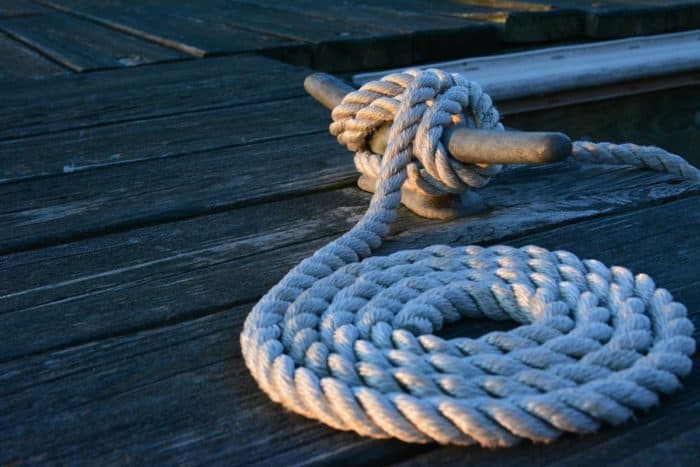
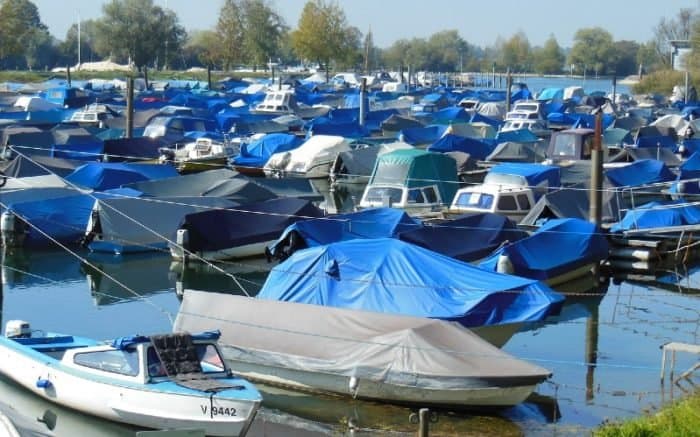
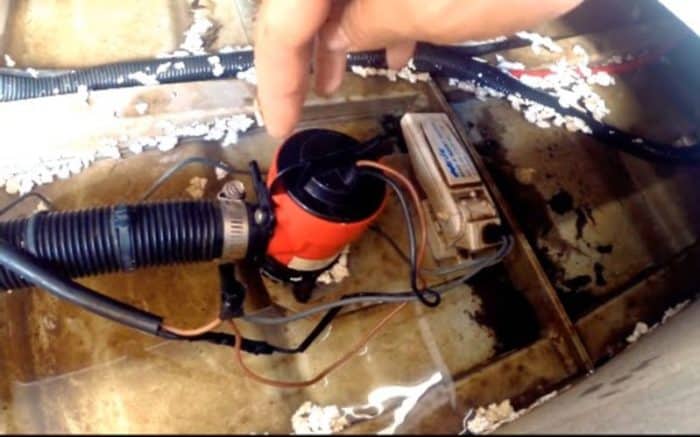
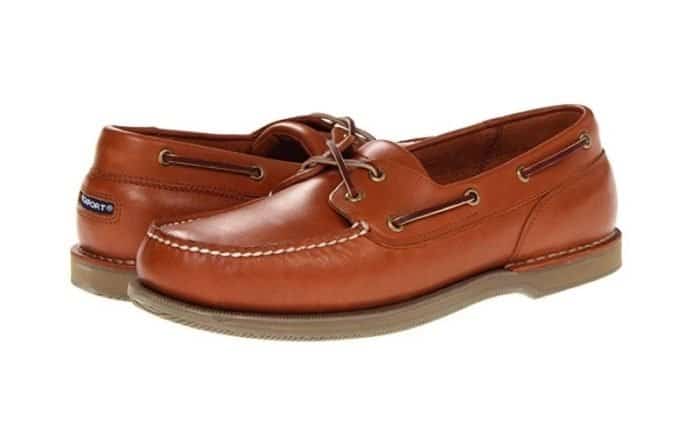
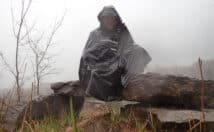

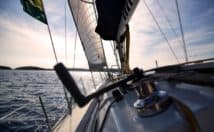
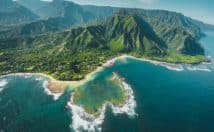
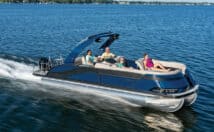
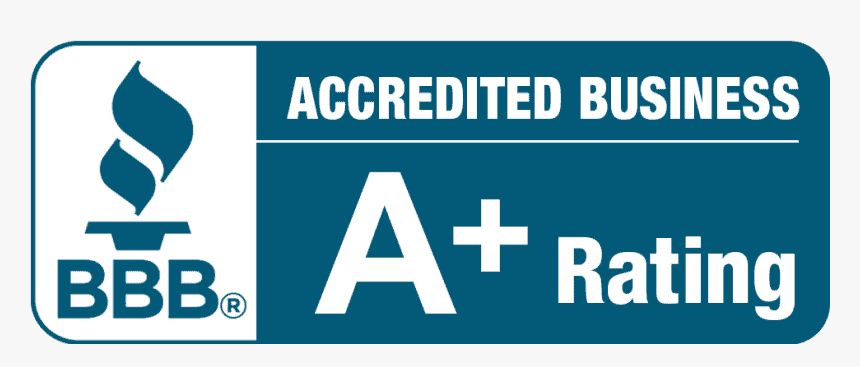


8 Comments
Gregory Philpot on July 20, 2020
Thank you for breaking this down to make it easy. Sadly, I called Brookville Indiana’s dispatch center and they stated they don’t monitor boater radio frequencies anymore. She suggested I call 911. I told her that is not possible as cell phone reception is very limited to none in many of the areas. 🙁
Erik Hammarstrom on August 12, 2020
Heard of many boaters getting their ham license…. have a couple of ham radios onboard, always in contact w/ a ham
jd on April 19, 2021
I wonder if they are still using ship to shore phone calls. example 161.800 161.900 and 162.000
DeWayne LeeRoy Duff on November 11, 2021
This is a great resource, thank you so much for posting! I’ve got a VHF radio on the way, working on my ham on the side and have a radio for that, and have another multi-band radio on the way that I can supposedly use for marine VHF, so this was a huge help!!!
J K in west Tennessee on October 12, 2022
I have thought for a long time that there should be a monitored frequency for distress cell phones are not everywhere, and in most cases when you need life-saving help a cell phone can be very disappointing. My knowledge of the Coast Guard sectors is, The Coast Guard has an ability to monitor channel 16 throughout the entire United States and territorial waters. So this would be an excellent channel on a radio to have to get help when you need it. I’m troubled why local law-enforcement an emergency personnel do not monitor this frequency as well much like they did in past days with channel 9 CB radio. I live in a rural area in West Tennessee my next-door neighbor passed away because we could not get help fast enough for her no cell phone was working. And when we could get 911 on a cell phone we ended up on a neighboring counties system and they had to transfer us. It seems like a small handheld radio would be an excellent thing to take when you’re backpacking and you can get help if you need it or climbing mountains or other recreational use. Thing that trouble me is a hand unit my only give you 5 Watts and a-mobile unit is governed to 25 Watts. The next thing is nobody is marketing this type of radio Except for Marine use
tm on November 28, 2022
Just a note here. It is illegal in the US to use these channels if your not on the water. They are being monitored by satellite and you will get in trouble using them on land. However there is an exception for an emergency.
Ken J on February 3, 2023
It is illegal in almost every jurisdiction on Earth (not just U. S.) to use the marine bands for land transmissions. They are reserved for maritime use only. That’s why the “A” side is the ship side and the “B” side is the land side on duplex channels. If you want more info, search ITU-RR (International Telecommunications Union – Radio Regulations.) I don’t know of a country which hasn’t acceded to these treaties and regulations. To JK in West Tennessee, get a ham license (great hobby!!!) or talk to your sheriff about monitoring CB 9.
Gregg B on October 30, 2023
You can get a cheap radio and program it for both Marine VHF and General Mobile Radio Service (GMRS) UHF, which uses channel 20 (462.675 MHz) as an emergency channel; two radios in one.
A 5W hand-held can be had for <$30. If you need more range you can go with a 50W base/mobile unit with an external antenna. GMRS has the added benefit of working with repeaters, which can bounce the signal 15 – 50 miles.